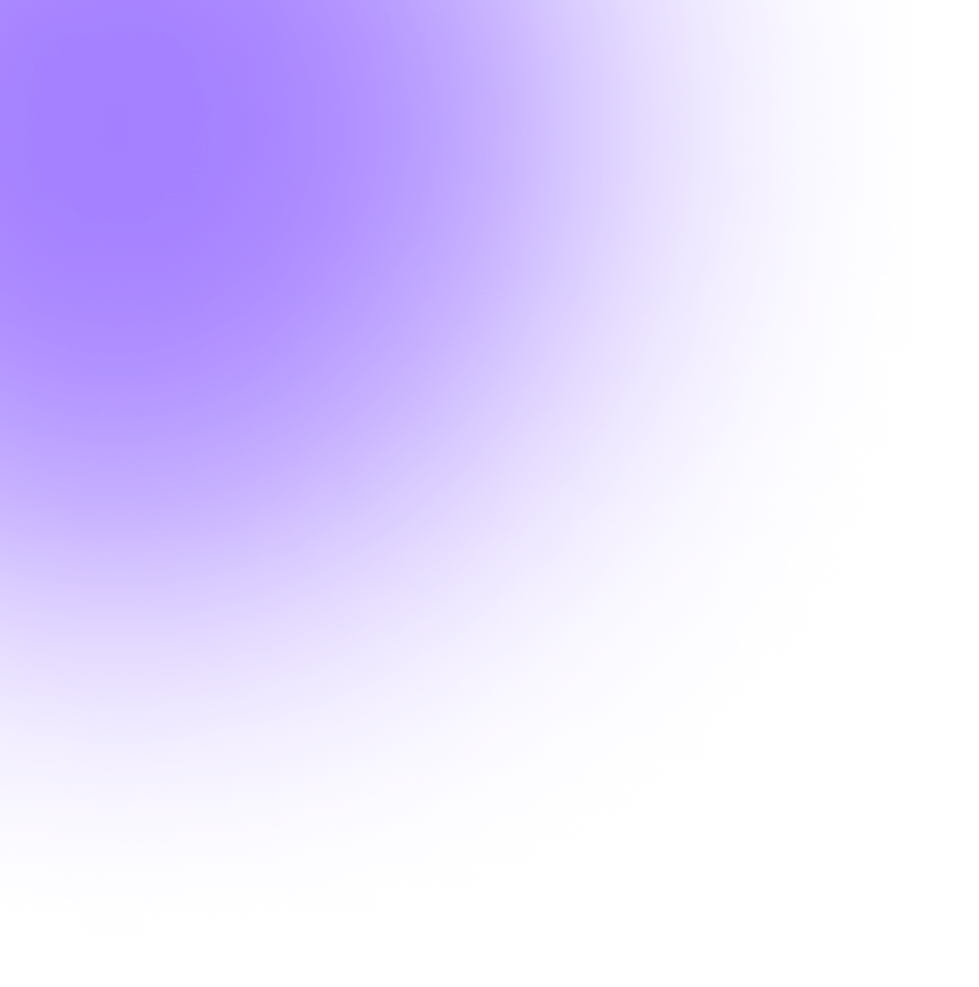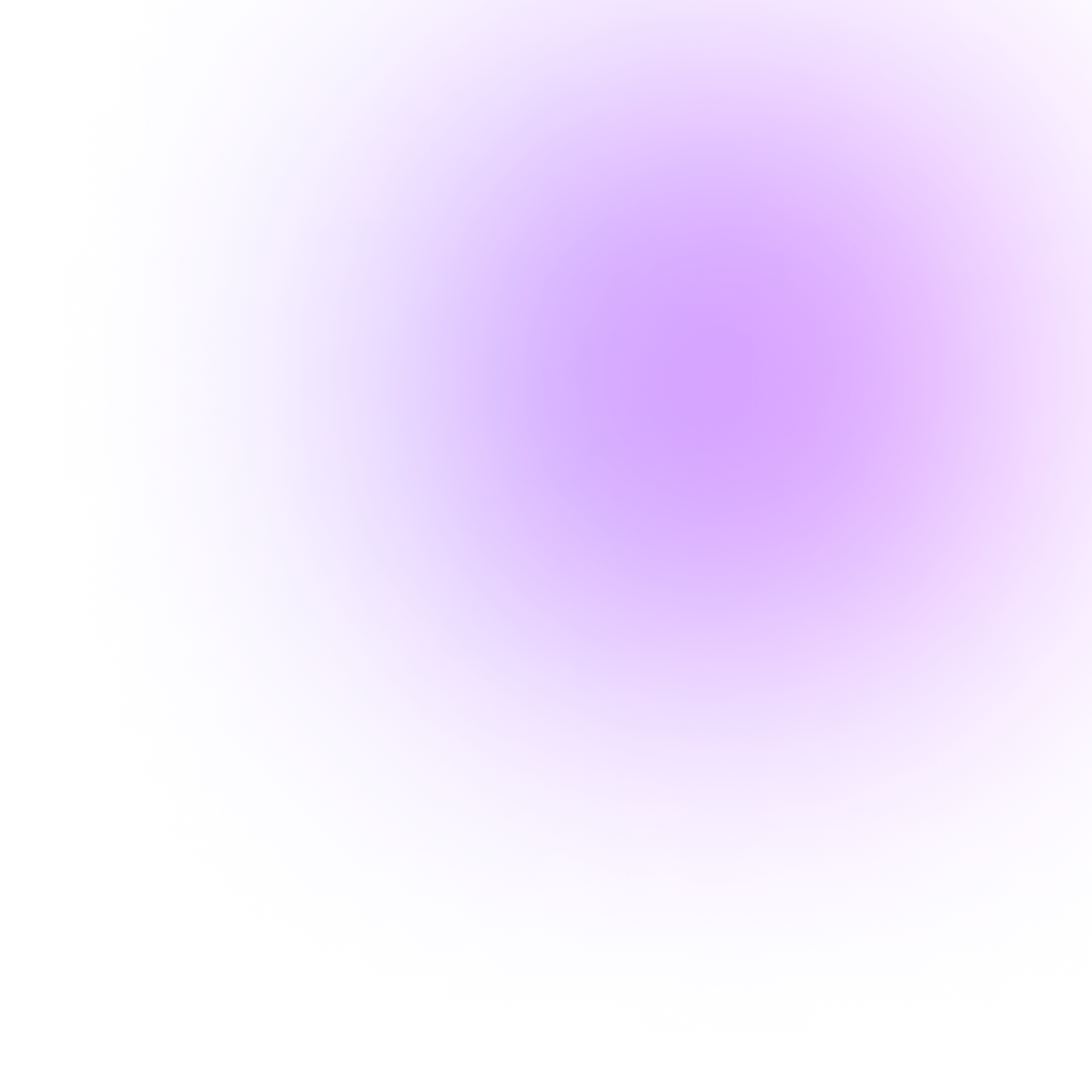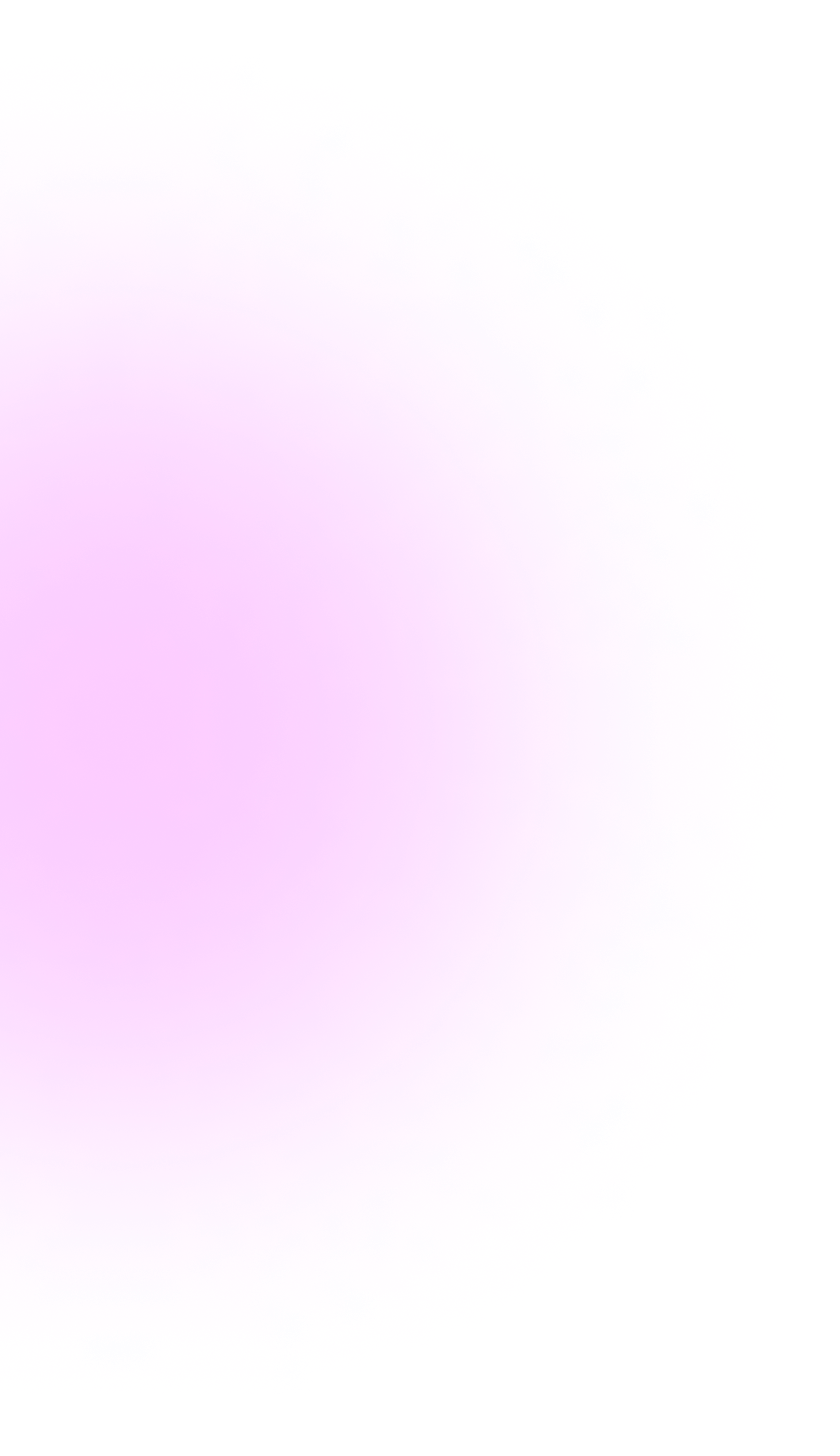




Relationship Between Art and Technology: Exploring Creative Frontiers 🎨🔬
In an era defined by rapid technological advancement, the convergence of art and technology has become increasingly prevalent, reshaping the landscape of creative expression and opening up new realms of possibility. Let's embark on a detailed exploration to unravel the intricate relationship between art and technology, delving into its multifaceted dimensions and exploring the transformative impact it has on the world of creativity.
Evolutionary Trajectory: Tracing the Journey of Art and Technology 🖌️🚀
The evolution of art has been intricately intertwined with technological progress throughout history, with each epoch witnessing the emergence of new tools and mediums that revolutionize artistic expression. From the invention of the printing press 📜 to the advent of digital photography 📷, technological innovations have continuously expanded the horizons of artistic exploration, catalyzing the emergence of new movements and styles.
Digital Renaissance: The Emergence of Digital Art Forms 💻🎨
The digital revolution has ushered in a new era of artistic expression, giving rise to a diverse array of digital art forms that push the boundaries of creativity. Digital painting, computer-generated imagery (CGI), and interactive installations are just a few examples of the innovative mediums that have emerged in the digital age, offering artists unprecedented avenues for self-expression and experimentation.
Exploring Virtual Realms: Augmented Reality (AR) and Virtual Reality (VR) Experiences 🌐👓
Augmented reality (AR) and virtual reality (VR) technologies are transforming the way we perceive and interact with art, offering immersive and interactive experiences that blur the line between the physical and digital worlds. Museums and galleries are harnessing the power of AR and VR to create captivating exhibitions and installations that transport viewers into virtual realms, allowing for new forms of engagement and exploration.
AI as a Creative Collaborator: The Intersection of Art and Artificial Intelligence 🤖🎨
Artificial intelligence (AI) is increasingly being leveraged as a creative tool by artists, offering new avenues for exploration and experimentation. AI algorithms can analyze vast datasets of artworks, learn artistic styles, and even generate original compositions autonomously, blurring the lines between human creativity and machine intelligence. From generative art to AI-assisted design, artists are embracing AI as a collaborator in the creative process, pushing the boundaries of artistic innovation.
Blockchain Revolution: Transforming the Art Market 🛍️🔗
Blockchain technology is revolutionizing the art market, providing artists with new opportunities to monetize their work and connect with global audiences. Through blockchain-based platforms like Gallería, SuperRare and OpenSea, artists can mint and sell digital artworks as non-fungible tokens (NFTs), enabling them to retain ownership and control over their creations. This decentralized approach to art ownership has democratized the art market, empowering artists and collectors alike.
Ethical Considerations and Challenges: Navigating the Ethical Landscape of Art and Technology 🌐🤔
As the relationship between art and technology continues to evolve, it is essential to consider the ethical implications and challenges that arise. Questions surrounding copyright, ownership, and authenticity are central to the discourse surrounding digital art and blockchain technology, prompting discussions about the future of artistic creation and ownership in the digital age.
Future Horizons: Charting the Course of Art and Technology 🚀🔮
Looking ahead, the future of art and technology holds boundless possibilities for innovation and creativity. Emerging technologies such as machine learning, biotechnology, and quantum computing are poised to reshape the artistic landscape, offering new tools and mediums for artistic exploration. By embracing the intersection of art and technology, creators are poised to unlock new frontiers of imagination and redefine the boundaries of artistic expression.
Accessibility and Inclusivity: Breaking Down Barriers in Art Consumption 🌍🎨
Technology has democratized access to art, making it more accessible and inclusive than ever before. Online galleries, virtual exhibitions, and digital platforms allow people from all walks of life to explore and engage with art from anywhere in the world. This increased accessibility fosters diversity and inclusivity in the art community, amplifying diverse voices and perspectives.
Preservation and Conservation: Safeguarding Artistic Heritage for Future Generations 🏛️🔒
Technology plays a crucial role in the preservation and conservation of artistic heritage, helping to safeguard artworks for future generations. Advanced imaging techniques, digital restoration tools, and blockchain-based provenance systems enable museums and cultural institutions to document, analyze, and protect artworks from damage, deterioration, and theft.
Collaboration and Interdisciplinary Innovation: Cultivating Cross-Disciplinary Dialogue 🤝🎭
The intersection of art and technology fosters collaboration and interdisciplinary innovation, bringing together artists, scientists, engineers, and scholars to explore new frontiers of creativity. Collaborative projects such as art-science initiatives, digital humanities research, and tech-driven performances bridge the gap between disciplines, sparking dialogue and inspiration across diverse fields.
Frequently Asked Questions (FAQs) 🤔❓
1. How has technology influenced traditional art forms? Technology has revolutionized traditional art forms by providing new tools and mediums for artistic expression. For example, digital painting software allows artists to create intricate works of art digitally, while 3D printing enables sculptors to bring their designs to life in physical form.
2. What are some examples of digital art forms? Digital art forms include digital collectibles (NFTs), digital painting, computer-generated imagery (CGI), interactive installations, and multimedia art. These mediums leverage digital technology to create immersive and interactive experiences for viewers.
3. How does AI contribute to the creative process in art? AI algorithms can analyze vast datasets of artworks, learn artistic styles, and even generate original compositions autonomously. Artists can use AI as a tool to explore new artistic styles, generate ideas, and enhance their creative process.
4. What are some ethical considerations related to digital art and blockchain technology? Ethical considerations related to digital art and blockchain technology include issues of copyright, ownership, authenticity, and the environmental impact of blockchain networks. These concerns raise important questions about the future of artistic creation and ownership in the digital age.
5. What role does blockchain technology play in the art market? Blockchain technology enables artists to mint and sell digital artworks as non-fungible tokens (NFTs), providing them with new opportunities to monetize their work and connect with global audiences
6. How do augmented reality (AR) and virtual reality (VR) enhance the viewing experience of art? AR and VR technologies provide immersive and interactive experiences that enhance the viewing experience of art, allowing viewers to engage with artworks in new and innovative ways. For example, AR apps can overlay digital content onto physical artworks, providing additional context, information, and interactivity.
7. What are some examples of AI-generated art? Examples of AI-generated art include DeepDream, a computer vision program that creates psychedelic images by interpreting and modifying existing artworks, and DALL-E, an AI model developed by OpenAI that generates realistic images from textual descriptions.
8. How does blockchain technology ensure the authenticity and provenance of digital artworks? Blockchain technology provides a decentralized and immutable record of transactions, ensuring the authenticity and provenance of digital artworks. Each artwork is assigned a unique cryptographic signature, or token, which is stored on the blockchain and serves as a digital certificate of authenticity.
9. What are some challenges associated with the adoption of digital art and blockchain technology? Challenges associated with the adoption of digital art and blockchain technology include issues of technological literacy, accessibility, scalability, and environmental sustainability. Overcoming these challenges requires collaboration, innovation, and thoughtful consideration of ethical and social implications.
10. How can artists leverage technology to reach new audiences and markets? Artists can leverage technology to reach new audiences and markets by embracing digital platforms, social media, and online marketplaces to showcase and sell their work. NFTs, in particular, offer artists a decentralized and global marketplace for digital art, providing opportunities for direct engagement with collectors and fans.
Conclusion: Navigating the Intersection of Art and Technology 🎨🔬 The dynamic relationship between art and technology represents a fertile ground for exploration and innovation, offering endless opportunities for creative expression and discovery. By embracing the transformative power of technology, artists are pushing the boundaries of artistic excellence and redefining the future of art. As we navigate this intersection, let us continue to celebrate the rich tapestry of human creativity and unlock new frontiers of imagination together.
With each passing day, the bond between art and technology grows stronger, weaving a tapestry of creativity and innovation that transcends traditional boundaries. As we delve deeper into this dynamic relationship, let us embrace the transformative power of technology to unlock new possibilities and redefine the future of artistic expression. Through collaboration, experimentation, and exploration, we can chart a course toward a more vibrant and inclusive artistic landscape for generations to come.